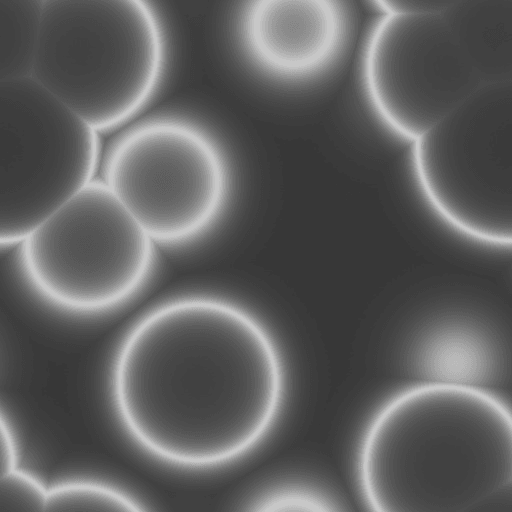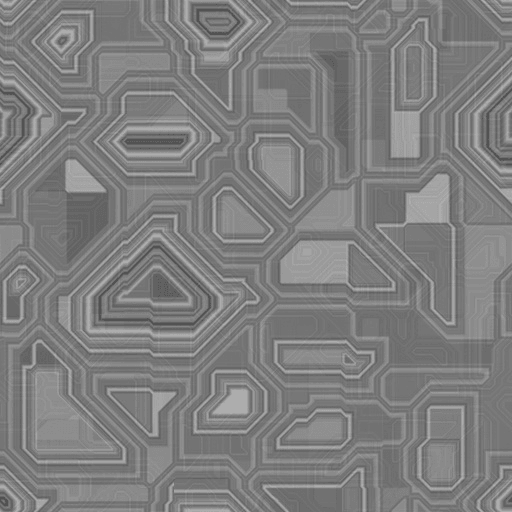An example: use a bump map for wood grain and a displacement map for a brick wall. My general rule of thumb is to use bump maps for representations of subtle texturing and use displacement maps for large representations. It would require a lot of time and effort to make the meshes be shaped the way you want them too. Bump maps only affect the surface normals whereas displacement maps affect actual geometry. Unfortunately, you cannot quickly create these crevices in blender. Same goes for the handguard and the blade. A real wooden hilt wood have (haha) small crevices and lines where the light would bounce in different directions, creating shadows and highlights. If you look at the Hilt (pic above) you can see that although the texture is wood, you can't see the light bouncing off the model in a way you wood expect it to bounce off. Learn the basics of bump mapping, how to create realistic water, brick and wood bump maps in Blender, and how to convert them to normal maps or displacement maps. Here is a link to the model, in case you'd like to follow along. Bump maps are graphical techniques that make objects appear to have their own distinctive features, when they really don't.
(teehee)Ģ) The Hand-Guard: the odd shaped piece on top of the hilt, andģ) The Blade: The long, rectangular piece of metal protruding out the top.Īll three of these pieces have their own textures and UV maps, as well as meshes and the sort. It has three basic parts:ġ) The Hilt: the 'ergonomic' wooden handle. So here is a basic sword model I whipped up in Blender.



